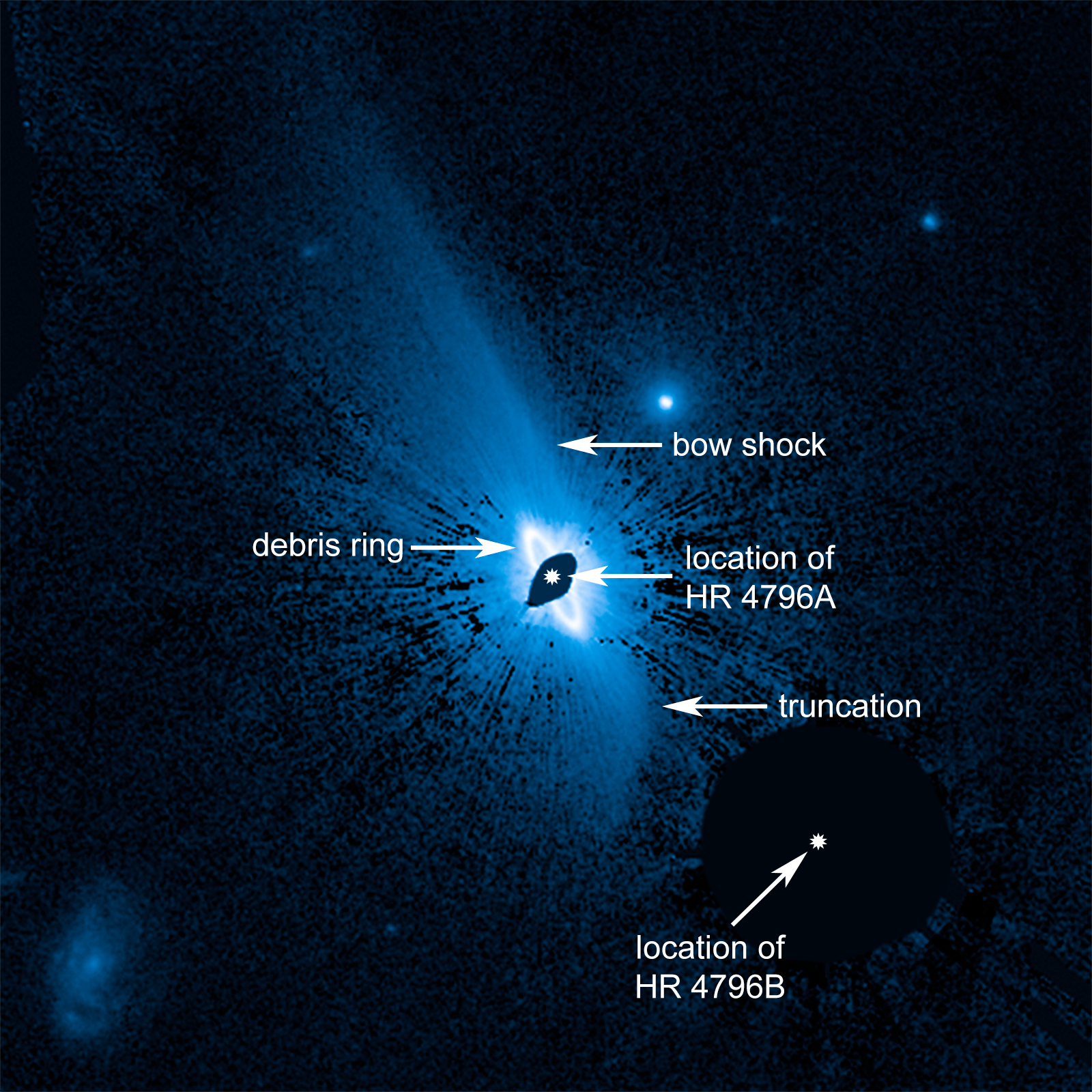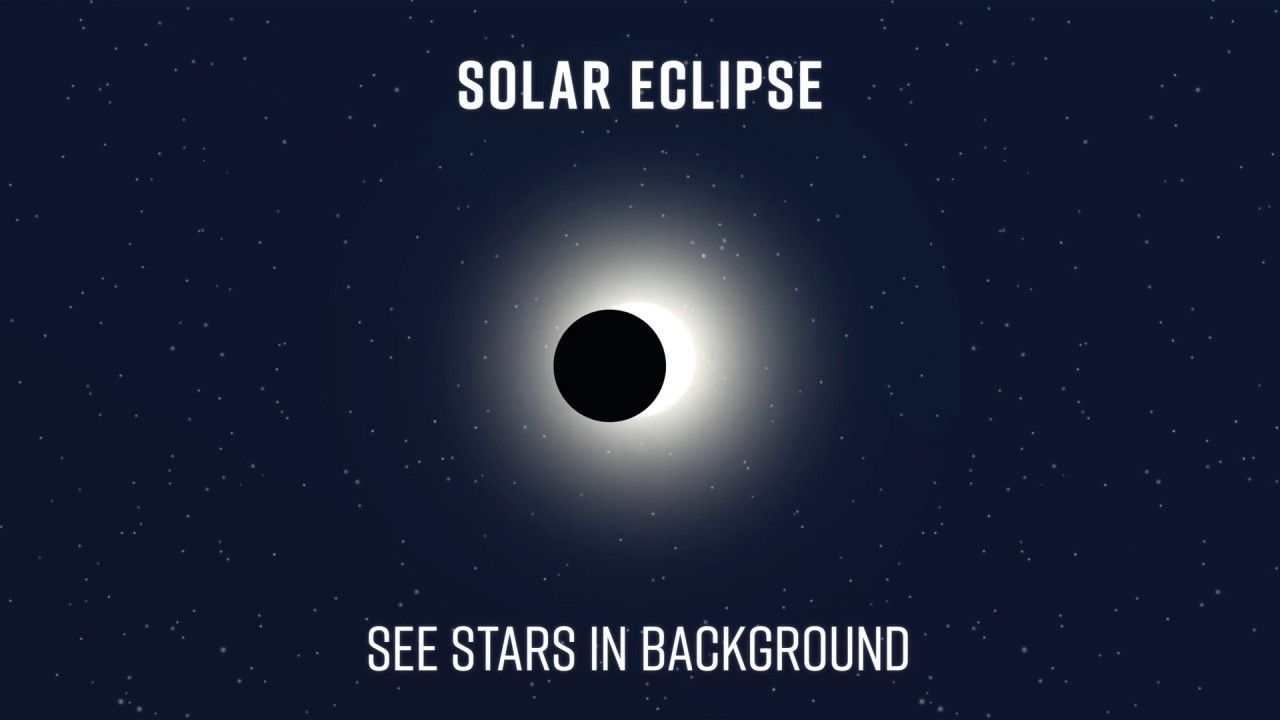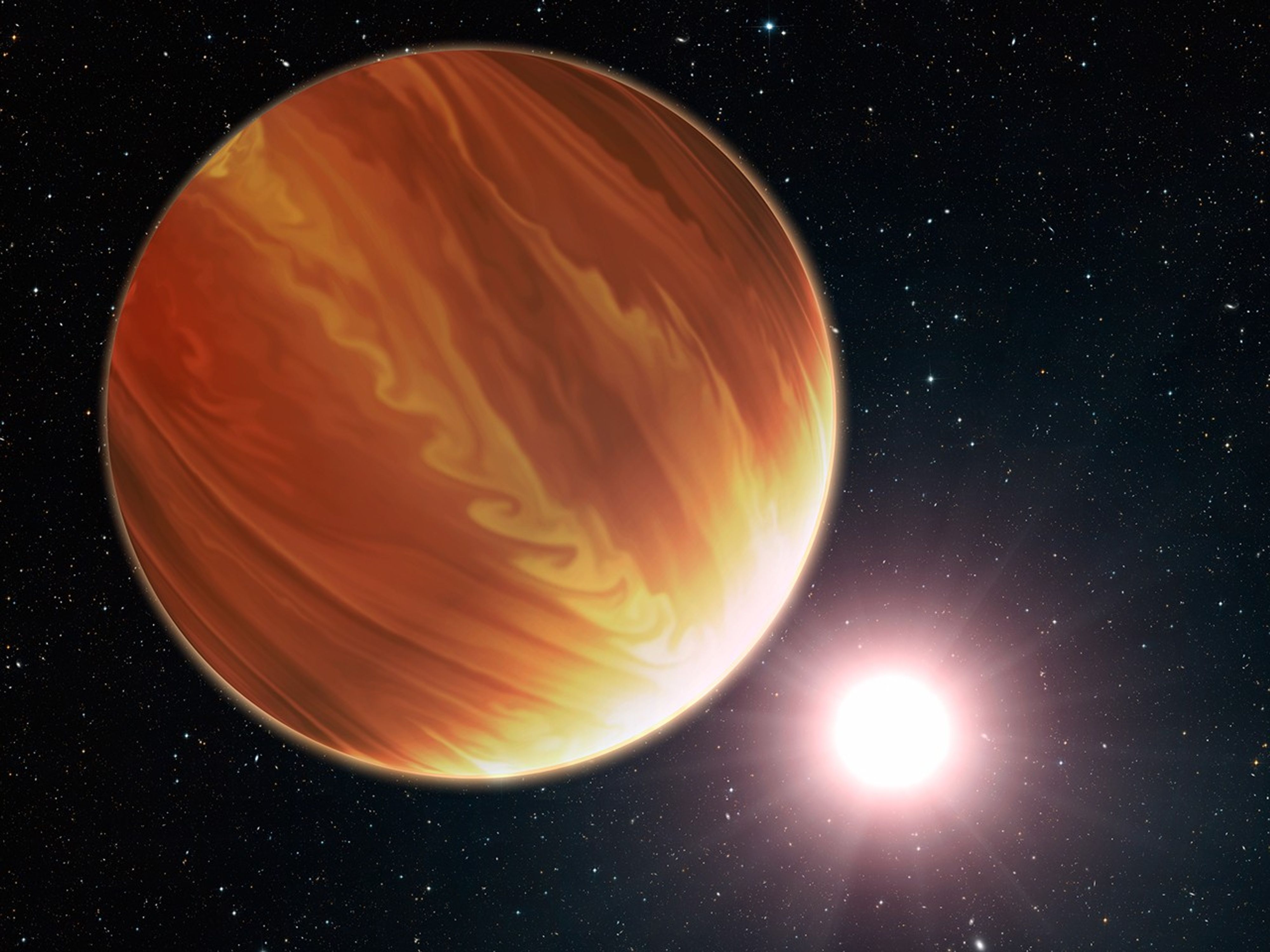1 min read
How Do We Find Exoplanets?
How can we detect planets around other stars? Planets are very faint and small compared to the stars they orbit. To overcome this challenge, scientists use a variety of techniques to find and characterize them.
Production Details
Produced by the Space Telescope Science Institute’s Office of Public Outreach.
All images, illustrations, and videos courtesy of NASA and STScI except:
- Webb telescope animation courtesy of NASA, SkyWorks Digital, Northrop Grumman, STScI
- TRAPPIST-1 planet lineup and planetary orbits courtesy of the Jet Propulsion Laboratory
The science operations for NASA’s James Webb Space Telescope, developed in partnership with the European Space Agency and the Canadian Space Agency, are conducted by AURA’s Space Telescope Science Institute.
Many thanks to Greg Bacon, John Godfrey, Leah Hustak, Hussein Jirdeh, Brandon Lawton, Nikole Lewis, Alexandra Lockwood, John Maple, Charlie McWade, Bonnie Meinke, Christine Pulliam, Roy Renza, Leah Ramsay, Denise Smith, and Frank Summers.
- Release DateMay 29, 2019
- Science ReleaseA New View of Exoplanets with NASA’s Upcoming Webb Telescope
- CreditProducer: OPO–STScI, NASA, ESA, CSA; Narration: Nicole Fonarow; Writer: Joel Green (STScI), Vonessa Schulze (STScI); Designer: Joseph Olmsted (STScI); Music: APM; Sound effects: Hybrid_V, Mark DiAngelo (Freesound)
Downloads
Related Images & Videos

Circumstellar Disk Around HR 4796A (Hubble)
One of the targets Webb will study is the well-known, giant ring of dust and planetesimals orbiting a young star called HR 4796A. This Hubble Space Telescope photo shows a vast, complex dust structure, about 150 billion miles across, enveloping the young star HR 4796A. (The...

Eclipse/Coronagraphy Animation
During an eclipse, the Moon blocks the light of the Sun, allowing us to view stars that would normally be overwhelmed by the Sun’s glare. Similarly, a coronagraph acts as an “artificial eclipse” to block the light from a star, allowing planets that would otherwise be lost in the...
Share
Details
Laura Betz
NASA’s Goddard Space Flight Center
Greenbelt, Maryland
laura.e.betz@nasa.gov
OPO?STScI, NASA, ESA, CSA
Nicole Fonarow
Joel Green (STScI), Vonessa Schulze (STScI)
Joseph Olmsted (STScI)
APM
Hybrid_V, Mark DiAngelo (Freesound)































